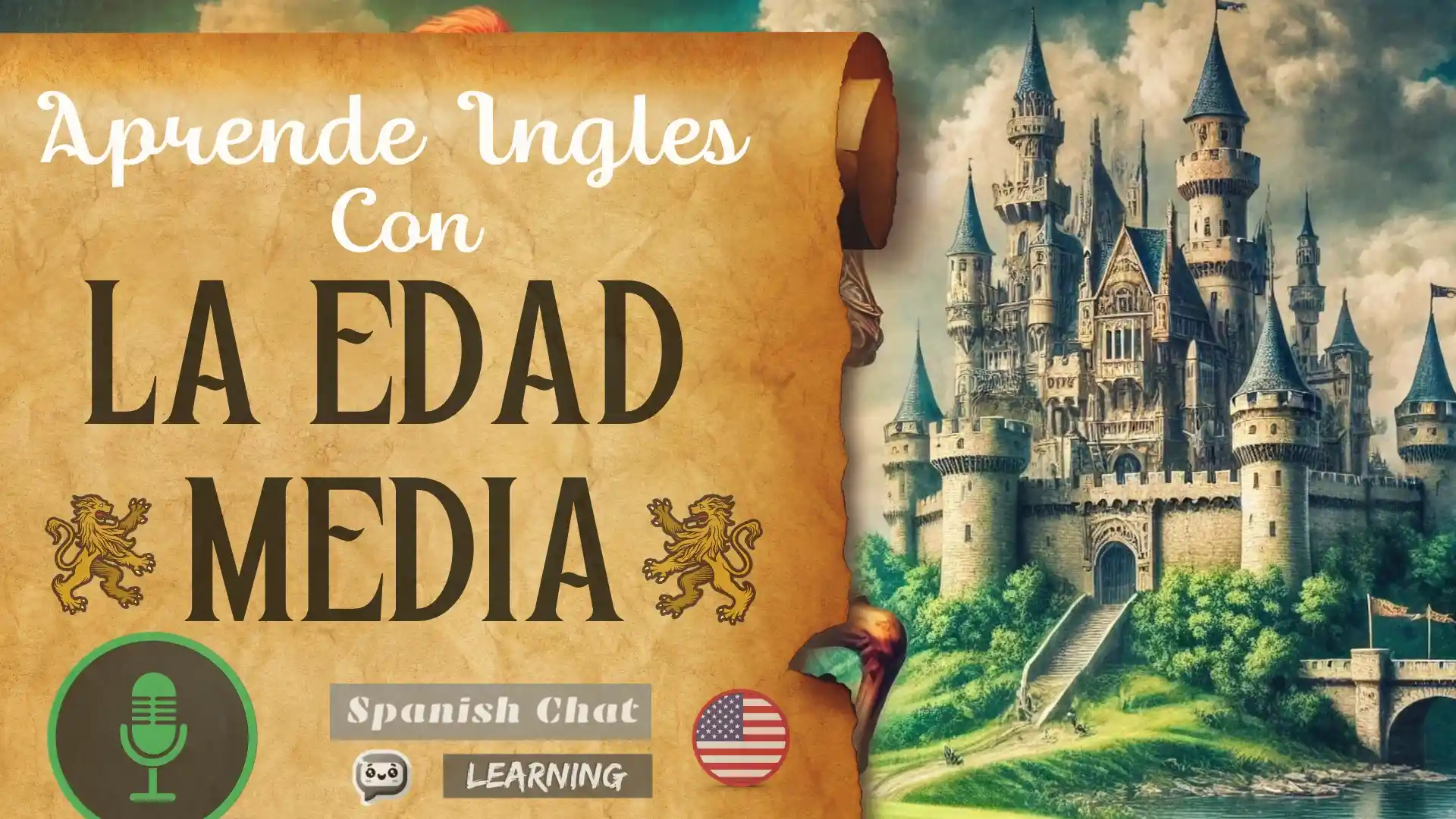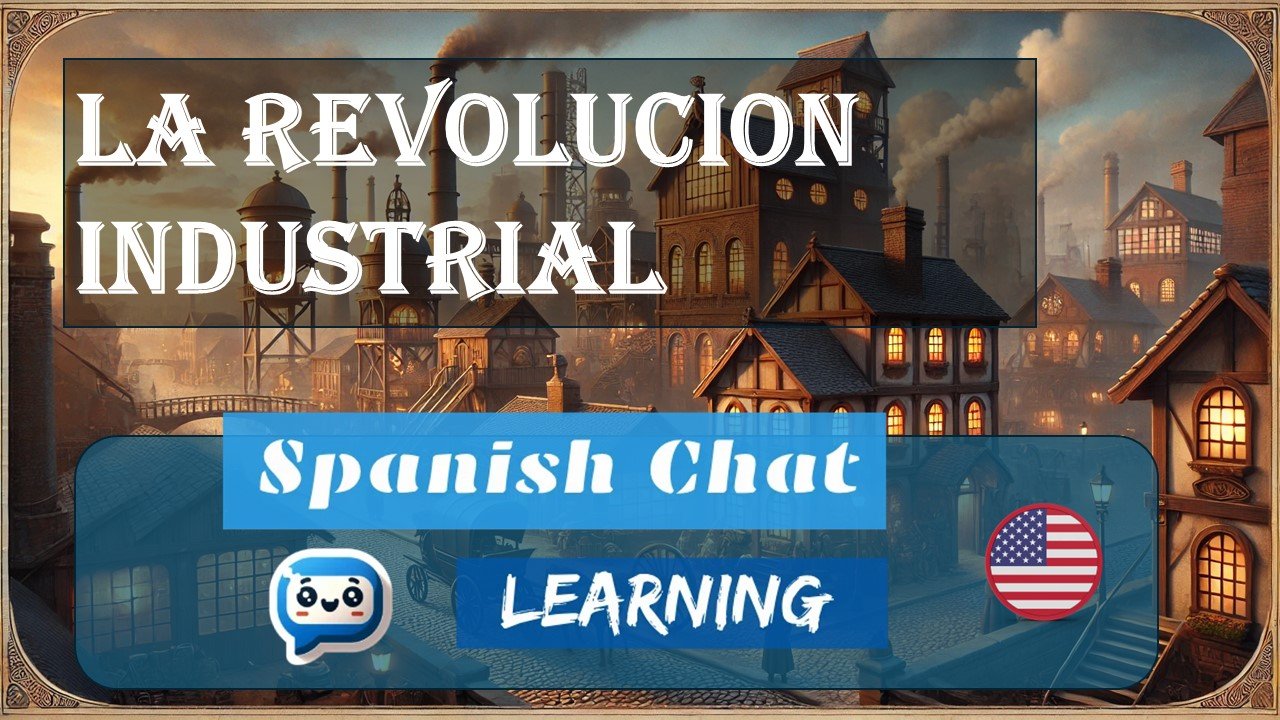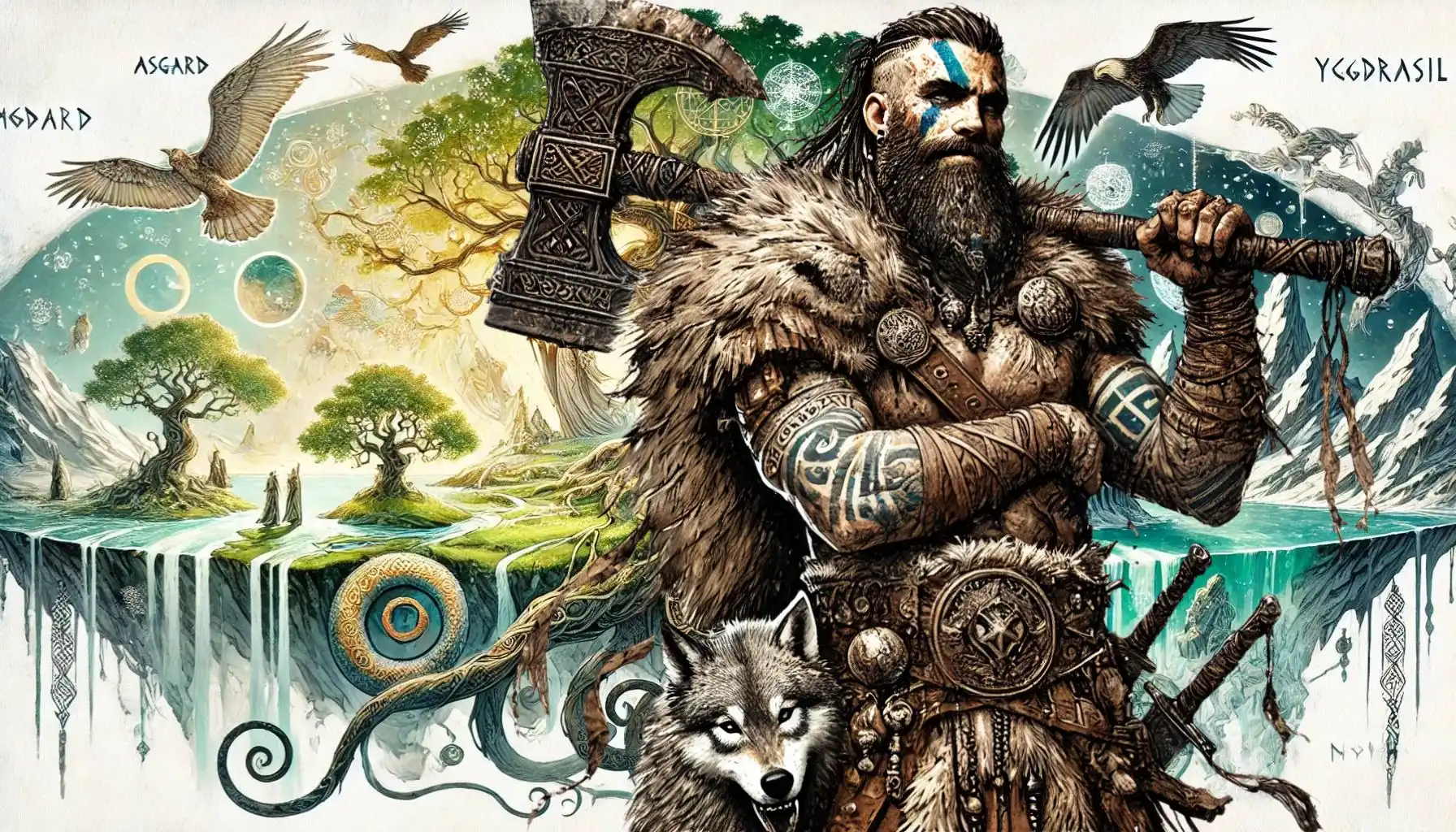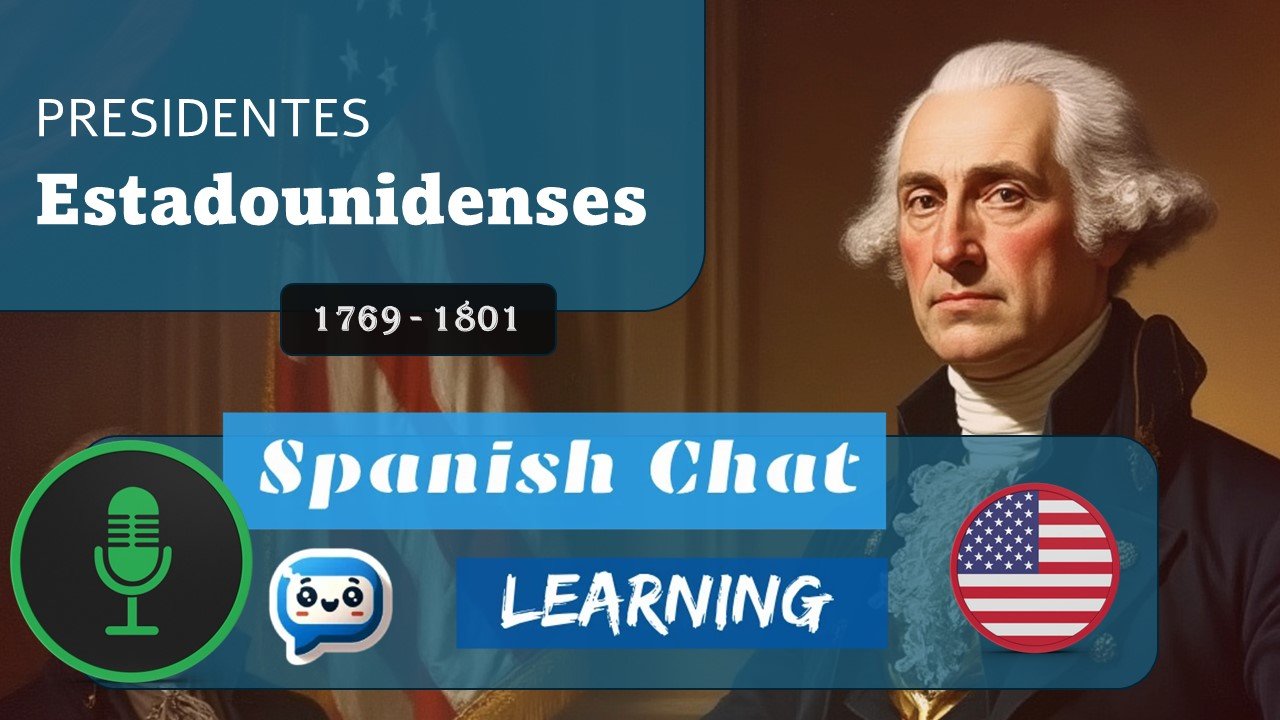El Primer Viaje De Colon || Aprende y mejora tu ingles a través de historias
Aprende Ingles a través de historias
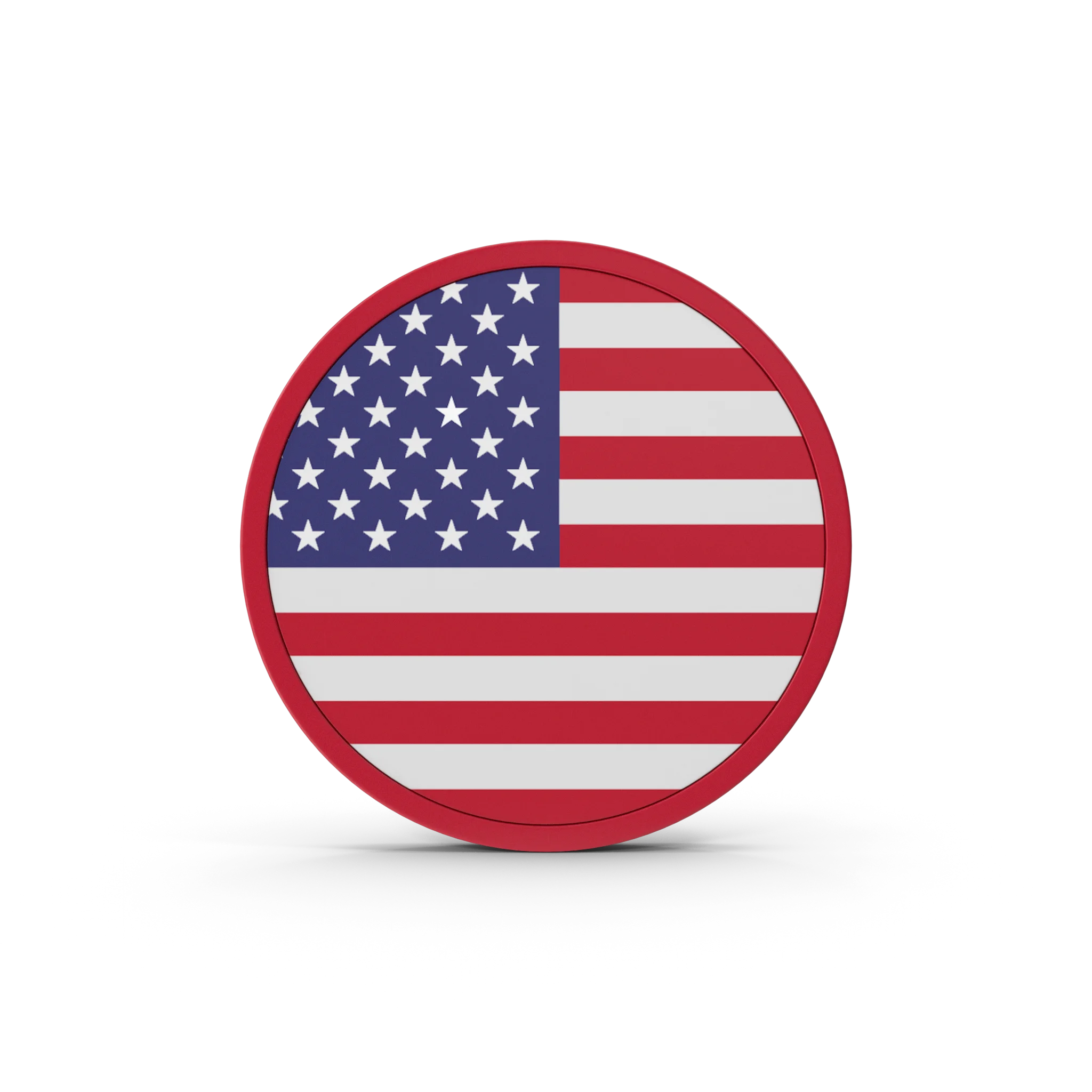
Christopher Columbus and the Journey that Changed the World
Aprende y mejora tu ingles a travez de historias
Christopher Columbus and the Journey that Changed the World
On August 3, 1492, the port of Palos de la Frontera in Spain witnessed the departure of three ships that would embark on one of the most transformative journeys in history. Leading this small fleet was Christopher Columbus, a Genoese navigator with a bold vision: to find a new route to the East Indies by sailing west. Columbus believed he could reach the rich lands of Asia by crossing the vast Atlantic Ocean, unaware that his expedition would lead to a far greater discovery.
The Dream of a New Route
In the late 15th century, Europe was hungry for spices and exotic goods from Asia, such as silk, spices, and gold. However, the overland route to the East had largely been cut off due to Ottoman control of Constantinople, making trade with the Indies extremely difficult and expensive. The Portuguese had established a route south around Africa, but Columbus had a different idea: he believed he could reach the Indies by sailing directly west.
After several rejections, the Catholic Monarchs of Spain, Queen Isabella and King Ferdinand, finally agreed to fund his expedition. Although many in the Spanish court doubted Columbus’ project—believing he had underestimated the true size of the Earth—the navigator set sail with the hope of reaching the rich lands of the East. Aboard three ships—the Santa María, the Pinta, and the Niña—Columbus set off with a crew of about 90 men, embarking on a journey into the unknown.
A Journey Filled with Uncertainty
For many in 15th-century Europe, the Atlantic Ocean was a sea of mysteries and legends. Maps were imprecise, and there were myths about sea monsters and speculation about whether the waters stretched on endlessly. Columbus’ crew, although composed of experienced sailors, also harbored fears. As the weeks passed with no land in sight, discontent and fear began to spread among the men. They faced storms, the fear of running out of supplies, and the despair of an unchanging horizon.
Columbus, however, remained resolute. Convinced that land was near, he promised his men that they would soon reach their destination. Each passing day made his calculations of distance less certain, but his faith in the success of the expedition never wavered. By October 10, after more than two months at sea, the crew began openly discussing mutiny. The men demanded to return to Spain, but Columbus persuaded them to continue for just two more days.
The Sight of Land
At dawn on October 12, 1492, history took an unexpected turn. A sailor aboard the Pinta, named Rodrigo de Triana, spotted land. What they saw was not the golden coasts of Asia, but a small tropical island in what we now know as the Caribbean. Columbus disembarked on this island, which he named San Salvador, believing he had reached some distant part of the Indies. Unbeknownst to him, he had arrived at a new continent, unknown to Europe.
The discovery was a pivotal moment in world history. Columbus, convinced until his death that he had reached the coasts of Asia, did not fully comprehend the magnitude of what he had found. However, his arrival in the Americas opened a new chapter in the history of humanity. Europeans soon realized that these lands were not part of Asia but a completely new world, full of riches and cultures to explore and exploit.
The Impact of the Discovery
Columbus’ return to Spain was met with great enthusiasm. Although he had not brought back the spices or treasures of Asia that he had promised, he had discovered new lands, and this sparked the ambition of European monarchs. Over the next few years, Columbus made three more voyages to the New World, though his dream of reaching Asia never came true. The Spanish crown soon began sending expeditions to explore and colonize these newly discovered lands, ushering in what we now know as the Age of Exploration.
This discovery also marked the beginning of an era of profound transformations. European powers launched into the conquest of the Americas, bringing their culture, religion, and political systems, often at the expense of the indigenous civilizations that inhabited the continent. The exchange between the Old World and the New, known as the Columbian Exchange, radically transformed the global economy. Foods like maize, potatoes, and cacao, unknown in Europe, became staple crops, while livestock, sugar, and European diseases profoundly affected the populations of the Americas.
A Complex Legacy
Although Christopher Columbus died in 1506, unaware that he had discovered a new continent, his journey forever changed the course of world history. Today, he is remembered both as a visionary explorer who opened new routes to the West and as a controversial figure whose expeditions began centuries of colonization and exploitation of the indigenous peoples of the Americas.
Columbus’ voyage was the first step in a series of events that would transform the map of the world. October 12, 1492, not only marked the discovery of new lands but also the beginning of an era in which Europe would dominate much of the globe—an era of exploration, conquest, and colonization that forever altered the course of history.
Conclusion
Christopher Columbus’ journey was much more than a simple expedition in search of a new route to the Indies. It was a voyage that connected two worlds that had been separated for millennia and triggered a series of events that would reshape global history. While his legacy is complex, his voyage represents one of the most crucial moments in the history of human exploration and the beginning of a new era for both Europe and the Americas.

